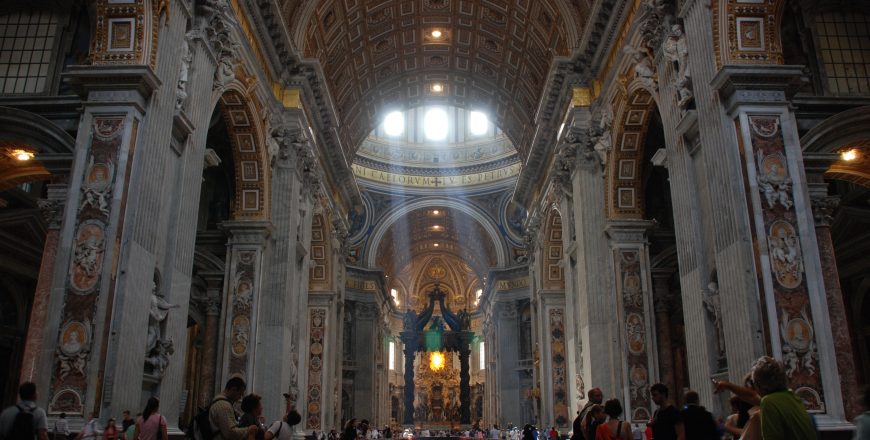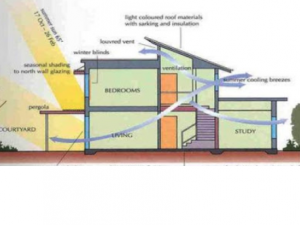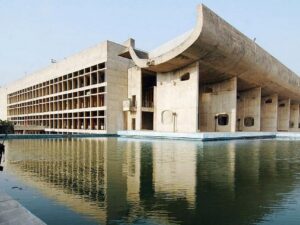Baroque and Rococo periods
- Description
- Curriculum
- Reviews

Baroque Period (1505–1650 )
Let us try to understand the Baroque period in Europe which is roughly around the 17th century.
The origin of the term is unknown. This period saw advancement in the sciences, arts, religion, and politics, a reflection of which is seen in Architecture. Artist tried to link sciences and arts.
In the 1500’s, Copernicus had argued that the Earth revolves around the sun, and in the Baroque era Johannes Kepler first observed the elliptical orbits of the planets and Galileo developed a telescope to better observe the surface of the moon. People also learned more about their world through increased trade and travel, and it was during this era that many European countries created a flourishing economy by seeking to establish both economic and religious control over the Americas, Africa, and Asia.
The transition from Mannerism to Baroque took place in Italy. It was the Roman artist who introduced the new sensualist architectural style to the world. The reason for this could have been that Rome had the power of the Roman Catholic Church and the ambitions of the popes, who established the great urban axes and then had it decorated with fountains and obelisk and also commissioned the renovation of countless churches as well as lavish palaces for themselves.
The preferred baroque form of the church was of a cross in a square, based on ideas of Council of Trent 1545-1563, which looked for a uniform preaching area with an unobstructed view of the altar. These ideas were used or took shape in the aisleless church of II Gesu in Rome in 1568. This planning was copied and varied a hundredfold.
Churches represent a characteristic feature of baroque sacred architecture. Palaces were conceived in an entirely new way in the Baroque era. They had hierarchical sequences of rooms, prestigious stairways, theater’s and royal chapels. Due to abandonment of the fortress type, the structures resulted in openness towards nature. A new kind of palace came into being, generally with a horseshoe-shaped arrangement. The open end of the plan reached the landscaped surrounding. Its most beautiful expression is the sala terrena, a ground floor room with access to gardens that united man-made architecture with nature.




